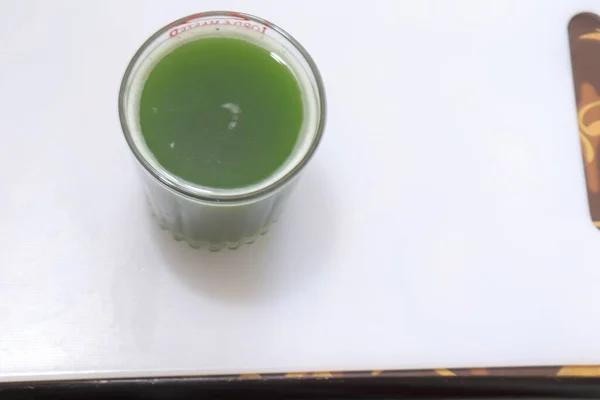Kratom, also known as Mitragyna speciosa, is a tropical evergreen tree native to Southeast Asia. It has been used for centuries in traditional medicine and cultural rituals in countries such as Thailand, Malaysia, Indonesia, and Papua New Guinea. In recent years, kratom has gained popularity in the Western world for its potential medicinal properties and recreational use.
If you are interested in growing your own kratom plant at home, this guide will provide you with the necessary information to get started. Growing kratom can be a rewarding experience but requires patience and dedication as it is a slow-growing plant that thrives in specific conditions.
First and foremost, it is important to understand that kratom pronunciation plants require a tropical environment to thrive. They prefer humid climates with temperatures between 75-85 degrees Fahrenheit and plenty of sunlight. If you live in a colder climate, you may need to grow your kratom plant indoors or in a greenhouse where you can control the temperature and humidity levels.
When it comes to soil, kratom plants prefer well-draining soil that is rich in organic matter. A mix of peat moss, perlite, and vermiculite is ideal for growing kratom plants. Make sure to water your plant regularly but avoid overwatering as this can lead to root rot.
Kratom plants also benefit from regular fertilization with a balanced fertilizer that contains nitrogen, phosphorus, and potassium. Be sure not to over-fertilize your plant as this can cause nutrient burn and damage the roots.
Propagation of kratom plants can be done through seeds or cuttings. Seeds are notoriously difficult to germinate so many growers opt for cuttings instead. To propagate your plant from cuttings, take a healthy stem cutting with at least two nodes and place it in water or moist soil until roots develop.
Once your kratom plant has established roots, transplant it into a larger pot with well-draining soil. Keep your plant indoors near a window where it can receive plenty of sunlight or use grow lights if natural light is limited.
As your plant grows larger, you may need to prune it occasionally to promote bushier growth. Pruning also helps prevent overcrowding which can lead to disease and pest infestations.
In conclusion, growing kratom plants at home can be an enjoyable hobby for those who have the time and resources to dedicate towards their care. By following these guidelines on proper cultivation techniques including environmental requirements like temperature/humidity levels; types of soils needed; watering schedules; fertilization needs; propagation methods (seeds vs cuttings); transplanting processes etc., anyone could successfully cultivate their own supply of fresh Kratom leaves right from scratch!



